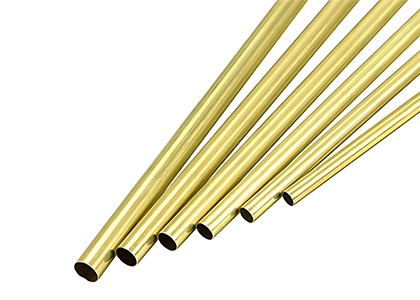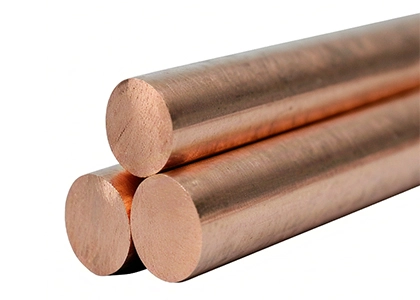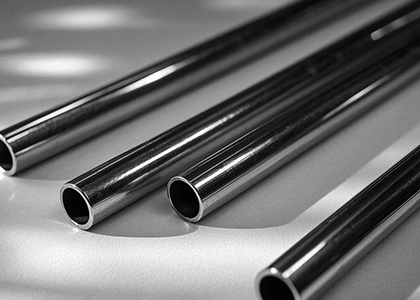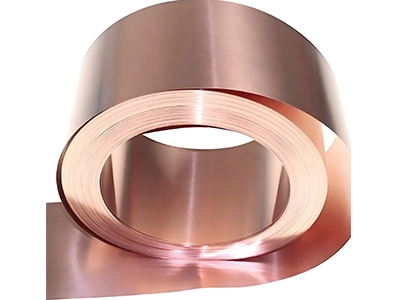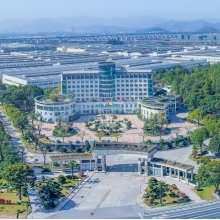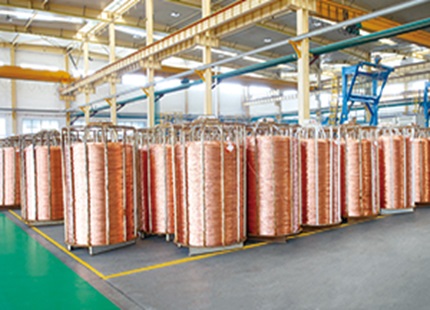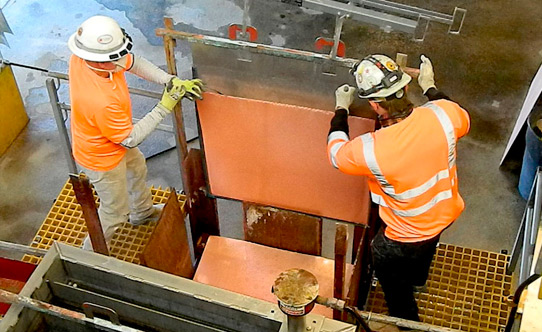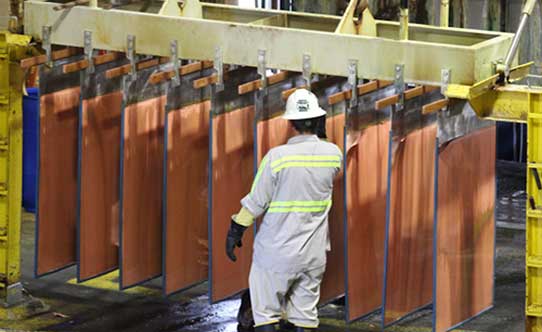Designation and Standards
Standard Brand Name: HPb58-2.5 (Leaded Brass)
Applicable Standards: GB/T 5231-2012 (Wrought Brass), GB/T 4423-2007 (Bars)
International Equivalent Brand Names: ASTM C37700 (American Standard), JIS C3771 (Japanese Standard)
Material Category: Copper-Zinc-Lead Alloy (Cu-Zn-Pb), Copper content 57.0%-60.0%, Lead content 0.8%-1.9%, Zinc balance (about 38%-41%).
Product Features
Excellent Machinability:
The addition of lead significantly improves machinability, making it suitable for precision turning, milling, and other automated machine processing. The surface finish is high, chips are easy to break, and machining efficiency is excellent.
Balanced Mechanical Properties:
Tensile strength ≥440 MPa, with moderate strength and wear resistance. Suitable for cold and hot pressure processing, but poor performance in cold heading or cold stamping.
Corrosion Resistance and Limitations:
Good corrosion resistance in freshwater and dry atmospheric environments, but prone to stress corrosion cracking in sulfur-containing, ammonia, or seawater environments. Corrosion rate is about 0.1-0.15 mm/a.
Welding and Processing Adaptability:
Supports processes like argon protected welding, soldering and brazing, but care should be taken to avoid zinc and lead evaporation, which can lead to pore defects.
Chemical Composition
Element | Cu | Pb | Zn | Fe | Total Impurities |
Content (%) | 57.0-60.0 | 0.8-1.9 | Balance (about 38%-41%) | ≤0.5 | ≤1.0 |
Physical Properties
Performance Parameter | Value | Remarks |
Density | 8.4-8.5 g/cm³ | Lightweight design advantage |
Melting Point | 900-930°C | Moderate casting fluidity |
Electrical Conductivity | About 20% IACS | Lower than pure copper, meets general conductivity requirements |
Coefficient of Linear Expansion | 20.5×10⁻⁶/°C (20-300°C) | Good thermal stability |
Thermal Conductivity | 105-110 W/(m·K) | Suitable for heat dissipation components |
Mechanical Properties
Performance Parameter | Value | Test Condition |
Tensile Strength (σb) | ≥440 MPa | Strip, room temperature tensile (thickness ≥0.3mm) |
Elongation (δ10) | ≥5% | Typical value (Y) |
Hardness (HB) | 75-130 | Significant difference depending on processing condition |
Annealing Temperature | 600-650°C(Conventional Furnace Annealing) | To eliminate cold working hardening |
Low-temperature Annealing Temperature | 285°C | To relieve internal stress |
Common Product Forms and Specifications
Product Form | Specification Range | Application Scenarios |
Plate | Thickness 0.2-100mm, Width 305-1000mm | Mechanical connectors, valve blanks |
Bar | Diameter 5-120mm, Length 1-6m | Locks, gear blanks |
Tube | Outer Diameter 6-530mm, Wall Thickness 0.5-50mm | Marine piping, radiators |
Wire | Diameter 1.0-12.7mm | Conductive terminals, precision parts |
Core Application Areas
Machinery Manufacturing: Valves, bearings, gears (high wear resistance and cutting precision requirements).
Shipbuilding Industry: Seawater treatment equipment, radiators (requires protective coatings).
Automobile Industry: Engine parts, brake system components (pressure resistance and processing adaptability).
Electronics & Electrical: Connectors, switch contacts (balancing electrical conductivity and processing efficiency).
Processing Notes
Temperature Control: Hot processing temperature 640-780°C, annealing temperature 600-650°C, avoid lead evaporation.
Welding Process: Prefer argon protected welding, soldering and brazing to reduce pore defects.
Corrosion Protection: In seawater environments, nickel plating or epoxy resin coatings are required.
Environmental Compliance: Lead-containing waste should be treated as hazardous waste to prevent environmental pollution.
Frequently Asked Questions
Q: What is the difference between HPb58-2.5 and HPb59-1?
A: HPb58-2.5 has lower lead content (0.8%-1.9% vs. 1.5%-2.5%) and is more cost-effective, but its machinability is slightly inferior to HPb59-1.
Q: Is it suitable for seawater environments?
A: The corrosion rate is relatively high when exposed directly (0.1-0.15 mm/a); a protective coating or corrosion-resistant alloy should be used.
Q: How to prevent typical failure modes?
A: Low-temperature annealing (285°C) after cold working can eliminate internal stress and prevent stress corrosion cracking.
Standards Reference
Chemical Composition and Processing Specifications: GB/T 5231-2012, GB/T 4423-2007.
International Standards: ASTM B124 (American standard for bars), JIS H3250 (Japanese standard).
Note: The above data is compiled from national standards and industry technical documents. Actual parameters may vary slightly due to production process differences. Specific details should be based on supplier test reports.

 English
English 한국어
한국어 français
français Deutsch
Deutsch Español
Español italiano
italiano العربية
العربية tiếng việt
tiếng việt Türkçe
Türkçe ไทย
ไทย 中文
中文
